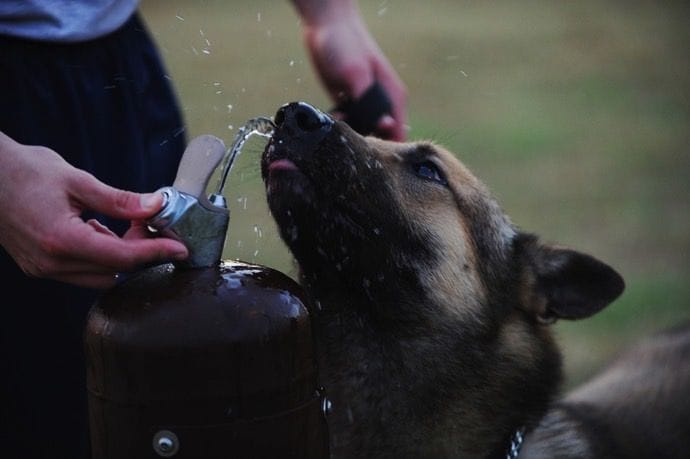Ticks and Everything to go With Them
Ticks. Yep, those creepy, crawly, disease ridden little nasties. That's what we're gonna be talking about today. At some point you've had one or your dog has had one or you know someone who's had one. So what do you REALLY need to worry about when it comes to ticks? We know they carry diseases but what diseases do they carry? And most importantly, how do I keep them away from me and my pet?!
Ticks
We, know, no one wants to think about ticks. Well, I'm here to tell you that you NEED to because these little babies are some nasty little buggers. You've heard the saying "ignorance is bliss" right? Well, when has that ever been a good thing? Think about it. I'll wait. .... Yeah, couldn't come up with anything, huh? Alright, back to ticks. You need to know about them because not all ticks are created equal. There's thousands of species worldwide and not all of them carry the same diseases. Ticks are arachnids. Bet ya didn't know that. And they don't fly or jump. They just camp out, waiting. When a host, like you or your pet or some other unsuspecting animal, walks by, they crawl from their little perch on the grass, bushes, or tree and make their way until they find some thin skin with close surface blood vessels to attach to.Diseases
Ticks aren't born with the diseases they carry. They pick them up from their hosts and transmit them to other hosts. Wonderful, huh? While there are thousands of tick species worldwide, there's only a handful here in the US we need to worry about that spread disease. The Black-legged tick, also known as the deer tick, is the one you need to know about because it carries Lyme disease. This tick is usually found in the Northeast and throughout the Midwest. The other ones you should know about are the American and Brown Dog ticks and the Rocky Mountain woodtick. All three of these carry Rocky Mountain Spotted Fever. The dog ticks are found across the country and the Rocky Mountain woodtick is found in the Rocky Mountains. Oh, and they don't start transmitting diseases immediately. According to the CDC, if you remove a tick within 24 hours, the chances of contracting Lyme disease is fairly low. It can take up to 36-48 hours for the bacteria to infect you. Since we're talking about diseases, let's talk about how they can carry multiple diseases at once. Ticks don't normally feed on people. They feed on everything else, then they just happen to come across a human that makes a tasty meal. Every disease they've picked up from all those other critters can now be transmitted to a human host, or your pet.
Signs and Symptoms of Illness
The signs and symptoms from a tick born illness or disease can take days to weeks to show up and not everyone has the same reactions. If you're bitten by a tick and have a small (less than 5 cm) rash that doesn't get bigger and disappears in a few days, that's probably just an allergic reaction to the bite and not an actual disease reaction. Also, not everyone with Lyme disease will develop that tell-tale red bulls-eye rash. If you start getting flu-like symptoms: fever, nausea, vomiting, headache, fatigue, sore muscles, and a rash, visit your doctor right away. If your pet starts acting like they may have any of these symptoms, get them to the vet. There's no vaccine for humans against Lyme disease, but there is one for your dog. Protect yourself against ticks. If you're going to be hiking or camping out where the ticks are, wear jeans and long sleeves. Tuck your jeans into your boots. There are so many kinds of sprays with DEET and permethrin out there. Use them. Spray your clothes. Use the little wrist and belt attachment insect repellents. They even make some that are safe for your dog.








